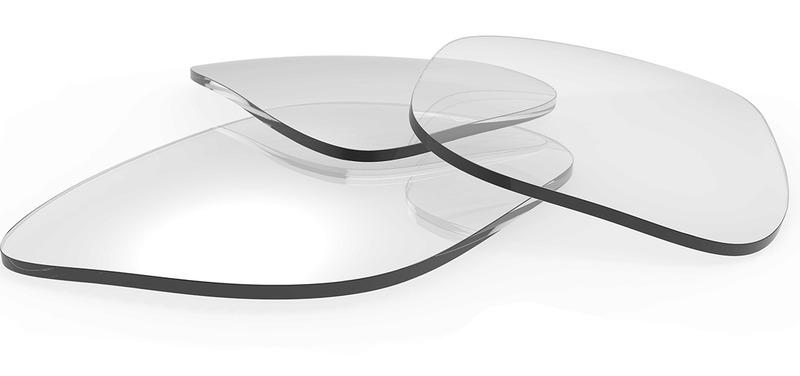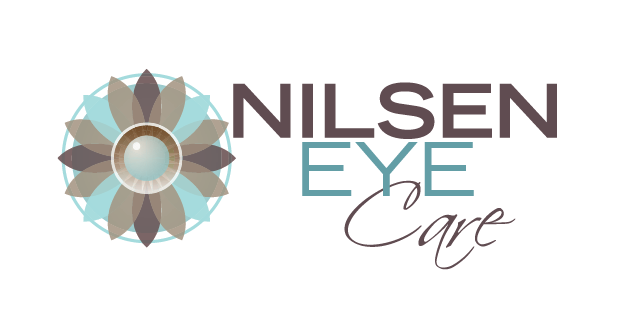
Types of Eyeglass Lenses
Most people think that once they choose the frames they want, the process of picking out a pair of eyeglasses is over. In the past, people only had to determine if they wanted plastic or glass frames, because there were not many other options. Today, there are numerous lenses and coatings to choose from, and it is important to know your options when determining which lenses to buy.
High Index Lens Material:
If you are interested in wearing lighter and thinner lenses, then this is the lens choice for you. These lenses can be beneficial to those with stronger prescriptions, and they can enhance the appearance of almost any type of glasses.
High index lens materials bend light more efficiently than standard eyeglass lenses, so less lens material is needed to fulfill prescriptions. The cost of high index lenses vary depending on how thin the lens is.
The majority of popular lens designs are available in high index materials. Your eye doctor will know which high index lens will be available for your prescription.
Aspheric Lens:
Most lenses have a round curve on the front, but aspherical lenses have a gradual curve that changes from the center to the edge of the lens. This makes the lens appear flatter, giving eyeglasses a more attractive look.
Aspheric lenses can work well with all prescription types, but they greatly benefit those who are farsighted. The adjusted curve of the lenses reduces the magnification of your eyes, which is often caused by standard farsighted lens types.
Aspheric lenses cause a high reflective glare, because these lenses are flatter than regular lenses. You should request and anti-reflective coating when ordering aspheric lenses.
Anti-Reflective Coating:
All eyeglass lenses are going to reflect some light, but that amount of light can be limited if you choose an anti-reflective (AR). When glasses reflect light, they limit the amount of light entering the eye to form visual images. Thinner eyeglasses lenses generally reflect 50% more light than regular eyeglasses, and also lenses that are flatter will reflect more light.
AR coating will reduce reflections and enable a higher amount of light to enter the eye. No matter what type of lens you wear, AR coating will allow over 99% of light to enter the eye. This will allow you to see more clearly at night and in low lighting, and enable others to see your eyes instead of a glare when in various lightings.
When cleaning lenses that have an AR coating, be sure to use only the solutions and cloths instructed by your eye doctor. Scratches on lenses with an AR coating are usually more prominent than lenses without the coating.
Polycarbonate and Trivex Lenses:
Both lenses can tolerate high impacts, up to 10 times more than regular plastic lenses. These lenses are perfect for children, those who need safety glasses, and anyone living an active lifestyle.
Polycarbonate lenses are 20% to 25% thinner than normal lenses, which allows them to be 30% lighter. These lenses will be a good choice if you have issues with the weight of eyeglasses resting on your nose.
Trivex lenses are a little thicker compared to polycarbonate lenses, but they still hold a similar impact resistance.
If you have any questions regarding different lenses for your eyeglasses, be sure to set up an appointment with your eye doctor.




